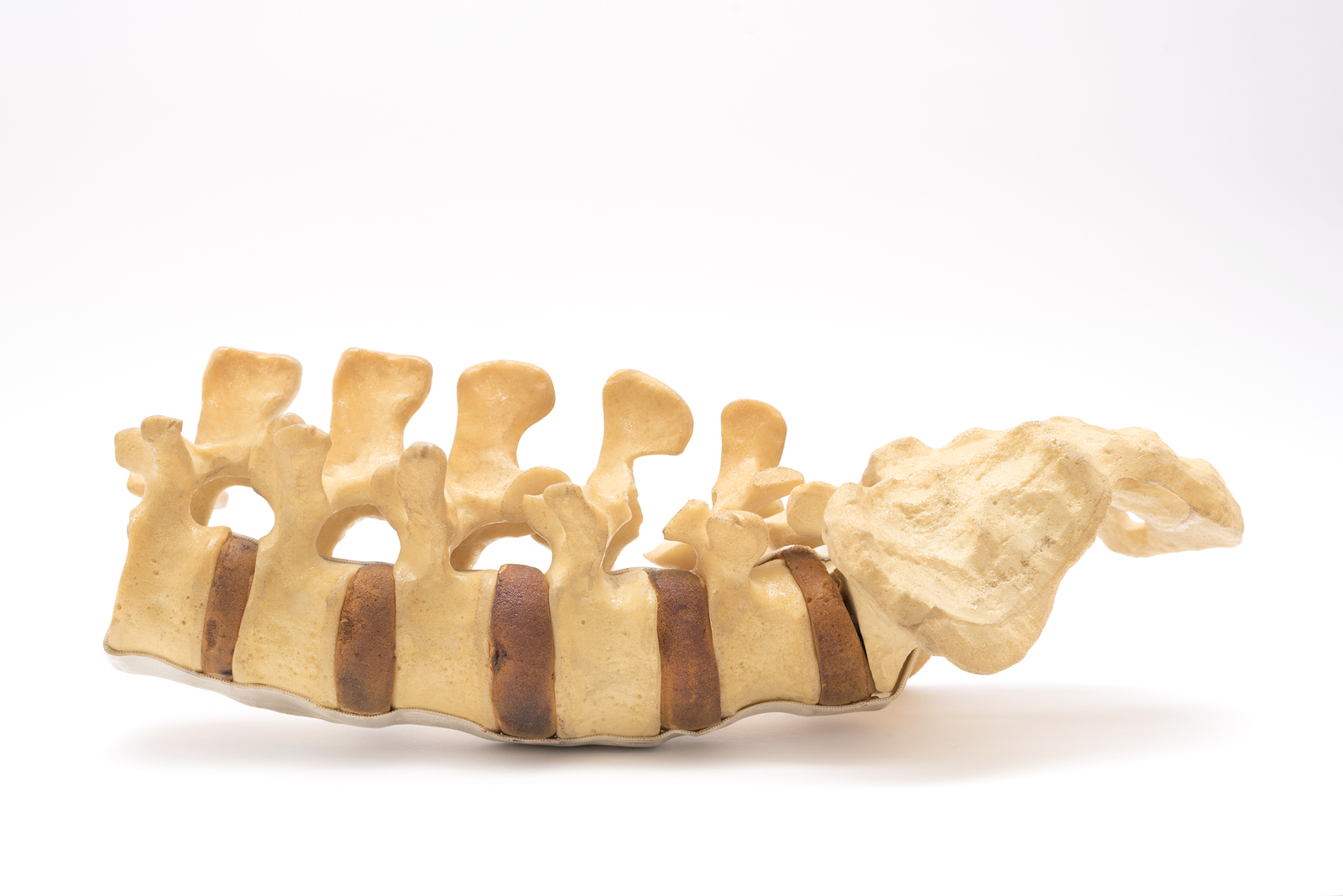
Lumbopelvic stabilization training (LPST) may provide therapeutic benefits on pain modulation in chronic nonspecific low back pain conditions. This study aimed to examine the effects of LPST on pain threshold and pain intensity in comparison with the passive automated cycling intervention and control intervention among patients with chronic nonspecific low back pain.
A within-subject, repeated-measures, crossover randomized controlled design was conducted among 25 participants (7 males and 18 females) with chronic nonspecific low back pain. All the participants received 3 different types of experimental interventions, which included LPST, the passive automated cycling intervention, and the control intervention randomly, with 48 hours between the sessions. The pressure pain threshold (PPT), hot-cold pain threshold, and pain intensity were estimated before and after the interventions.
Repeated-measures analysis of variance showed that LPST provided therapeutic effects as it improved the PPT beyond the placebo and control interventions (P < 0.01). The pain intensity under the LPST condition was significantly better than that under the passive automated cycling intervention and controlled intervention (P < 0.001). Heat pain threshold under the LPST condition also showed a significant trend of improvement beyond the control (P < 0.05), but no significant effects on cold pain threshold were evident.
Lumbopelvic stabilization training may provide therapeutic effects by inducing pain modulation through an improvement in the pain threshold and reduction in pain intensity. LPST may be considered as part of the management programs for treatment of chronic low back pain.
No comments:
Post a Comment